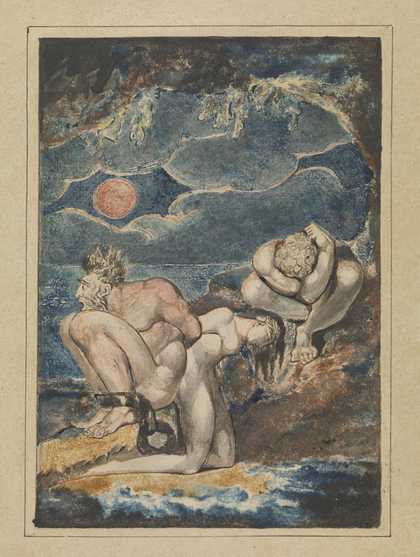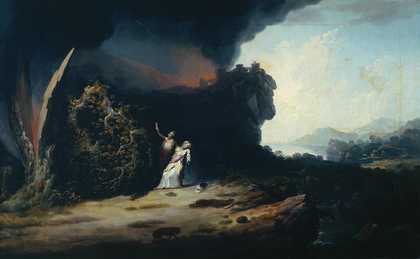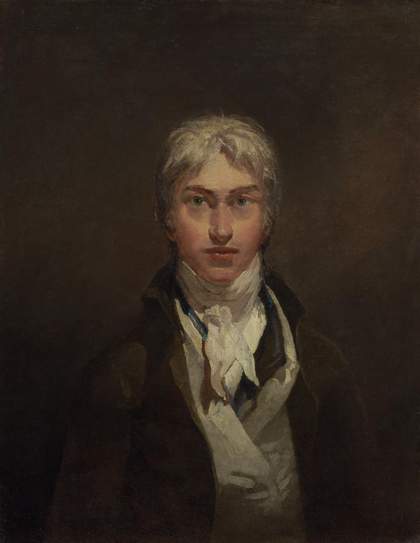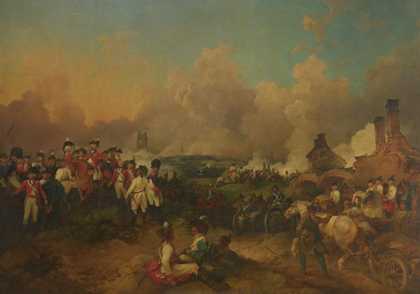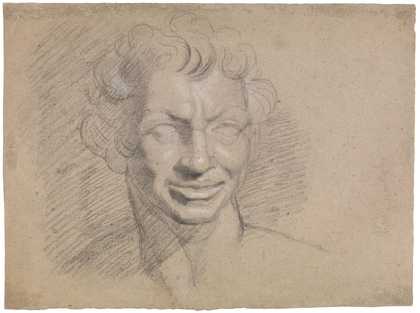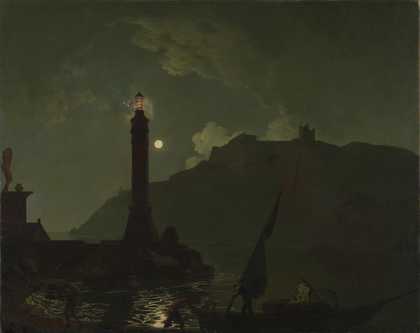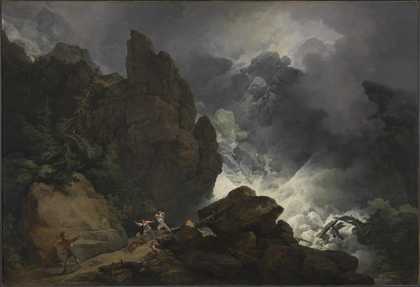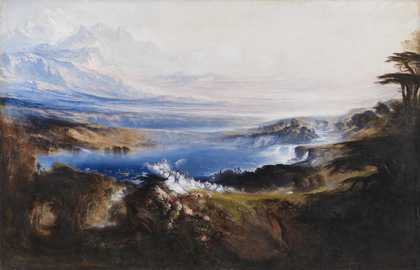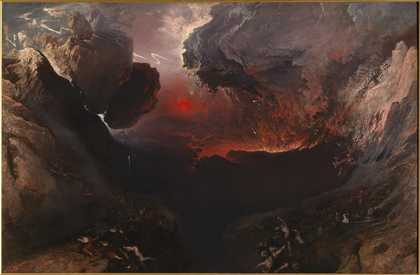
John Martin
The Great Day of His Wrath (1851–3)
Tate
The theory of sublime art was put forward by Edmund Burke in A Philosophical Enquiry into the Origin of our Ideas of the Sublime and Beautiful published in 1757. He defined the sublime as an artistic effect productive of the strongest emotion the mind is capable of feeling. He wrote ‘whatever is in any sort terrible or is conversant about terrible objects or operates in a manner analogous to terror, is a source of the sublime’.
In landscape the sublime is exemplified by J.M.W Turner’s sea storms and mountain scenes and in history painting by the violent dramas of Henry Fuseli. The notion that a legitimate function of art can be to produce upsetting or disturbing effects was an important element in Romantic art and remains fundamental to art today.

